As a lifelong manga fan, I’ve come across countless stories exploring humanity’s fragile place in the universe. Among the most thought-provoking are Tokyo Ghoul by Sui Ishida and Parasyte by Hitoshi Iwaaki. These two masterpieces tackle the unnerving concept of humans being overpowered by alien-like beings, but each delivers its narrative in distinct ways.
Let’s dive deep into the world of ghouls and parasites to uncover their similarities, differences, and the unique messages each story brings to life.
What Are Tokyo Ghoul and Parasyte About?
Tokyo Ghoul: A World Where Ghouls Walk Among Us
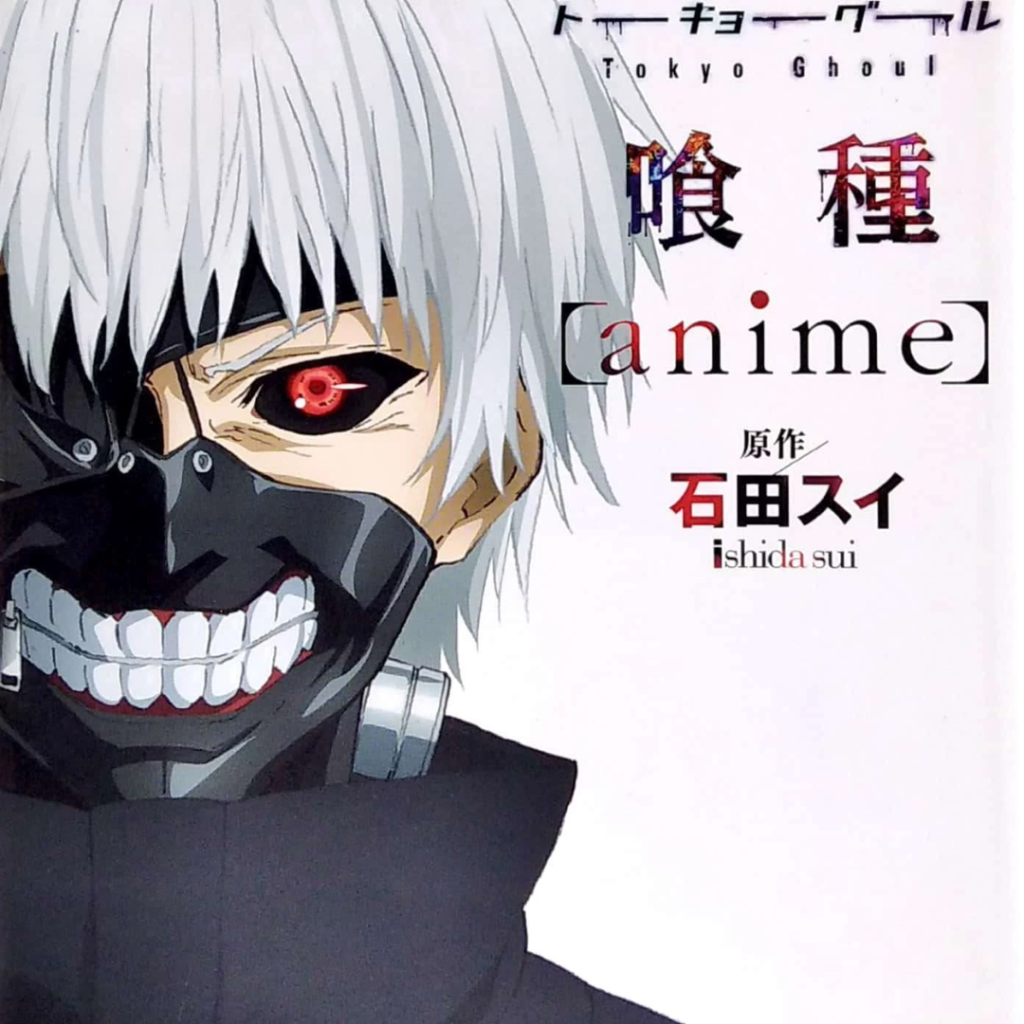
Set in modern-day Tokyo, Tokyo Ghoul thrusts us into a city where ghouls, humanoid creatures that survive by eating human flesh, hide among the population. The story follows Ken Kaneki, a shy college student who, after a near-death encounter, is transformed into a half-ghoul.
What makes Tokyo Ghoul so gripping is Kaneki’s internal struggle. He’s torn between his human heart and his ghoul instincts, making us question: What defines humanity?
Parasyte: A Deadly Coexistence with Aliens
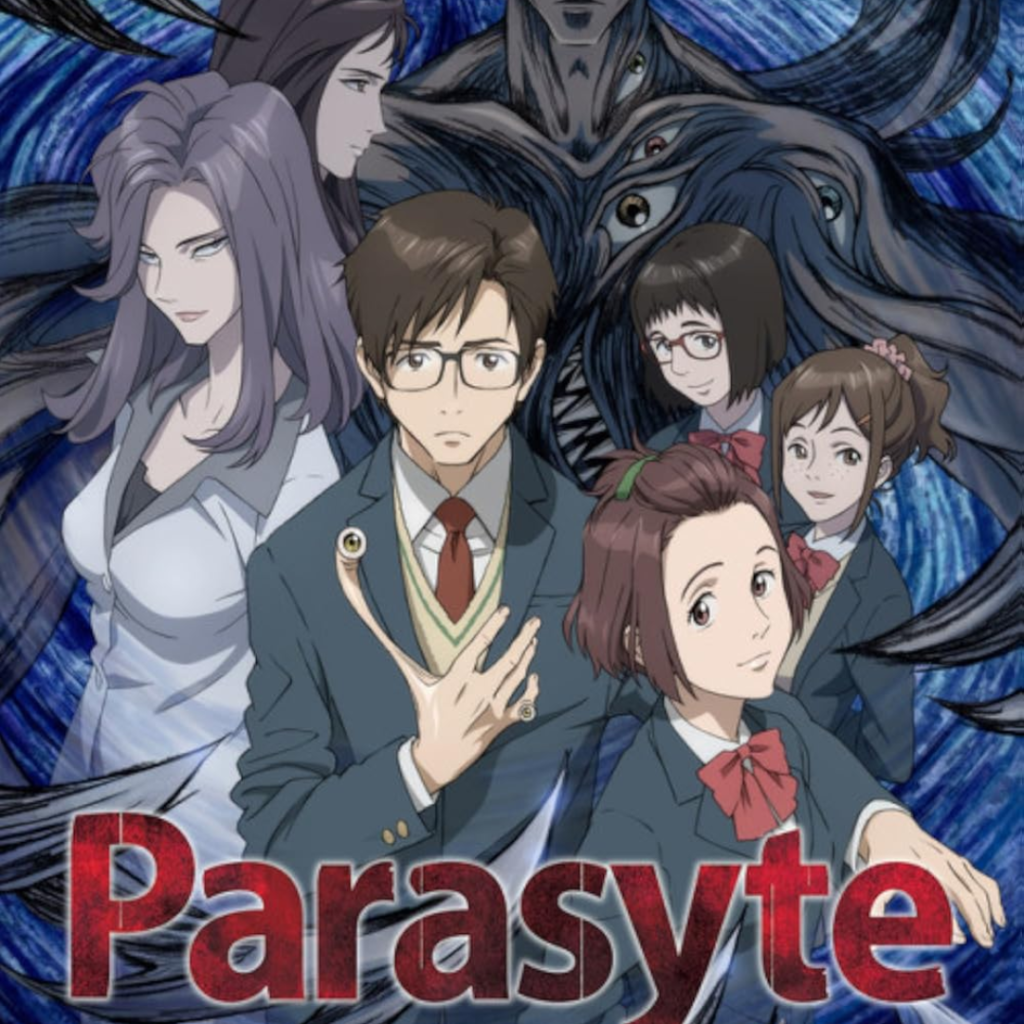
Parasyte tells the story of Shinichi Izumi, a high school student whose right hand is taken over by an alien parasite named Migi. Unlike other parasites that devour their host’s brain, Migi and Shinichi must coexist, creating a dynamic partnership that blurs the lines between enemies and allies.
This manga explores themes of evolution, survival, and morality, leaving readers pondering: Can humans and “others” ever coexist peacefully?
Comparing Themes and Narratives
The Battle Between Humanity and Monstrosity
- Tokyo Ghoul: The battle here is deeply personal. Kaneki’s transformation forces him to grapple with losing his humanity while adapting to his new ghoul identity. Themes of loneliness, acceptance, and moral ambiguity are beautifully intertwined with intense, emotional storytelling.
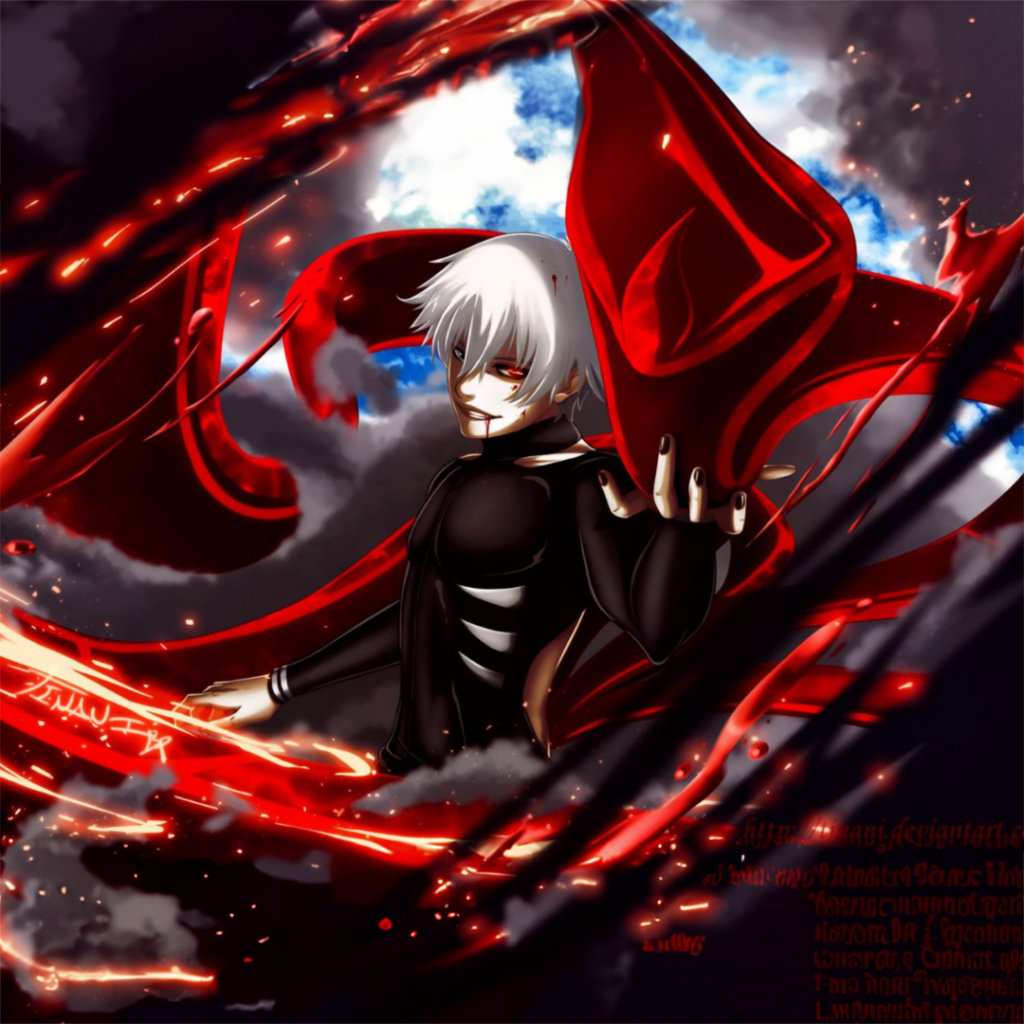
- Parasyte: In contrast, Parasyte focuses on broader questions about humanity’s place in nature. Shinichi’s journey isn’t just about survival but understanding the complex relationships between species. This series is less about raw emotion and more about philosophical musings on coexistence.
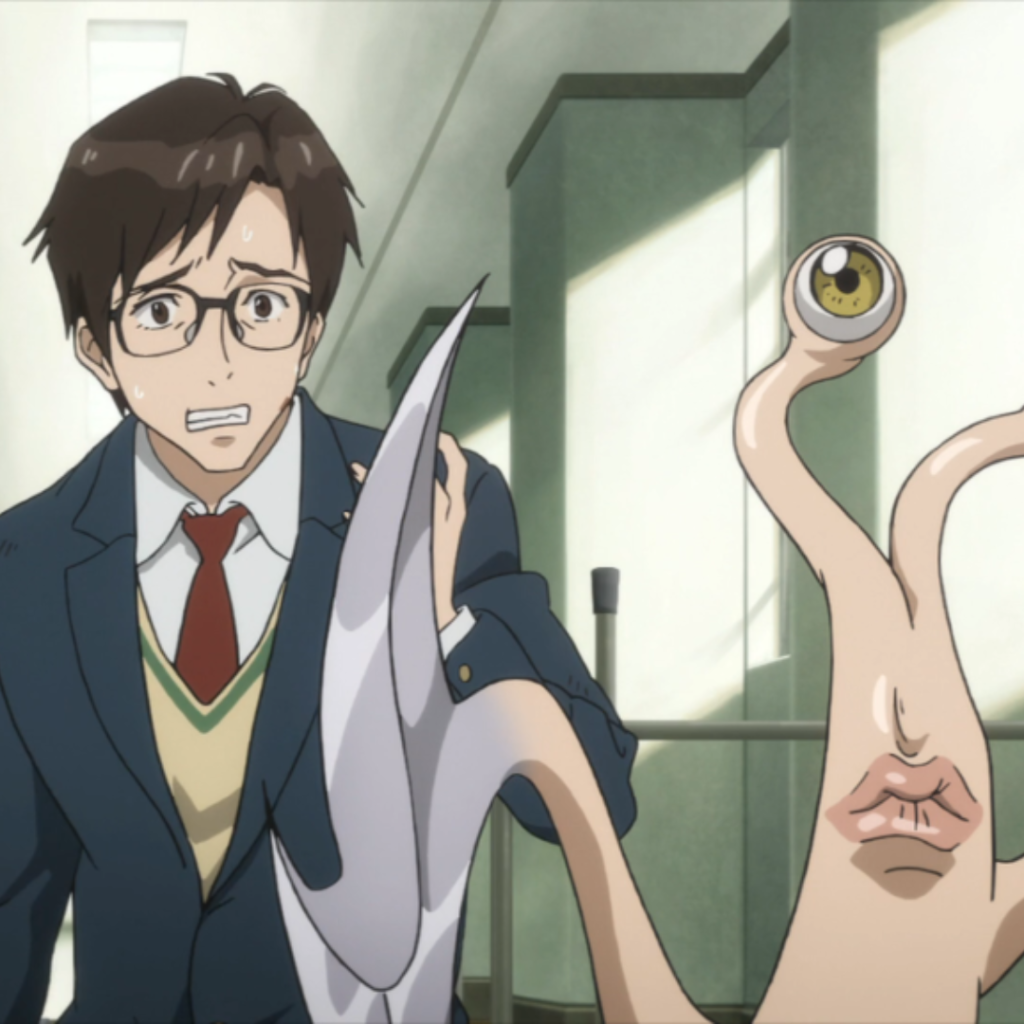
Tone and Atmosphere
- Tokyo Ghoul: Dark, gothic, and haunting. Its art style mirrors the tragic tone of the story, with heavy shadows and striking character designs emphasizing the despair Kaneki feels.
- Parasyte: While Parasyte has its moments of horror, it’s lighter in tone with flashes of humor. Migi’s quirky personality and dry wit contrast the brutal actions of other parasites, providing much-needed balance.
Character Journeys: From Ordinary to Extraordinary
Ken Kaneki: The Tragic Hero
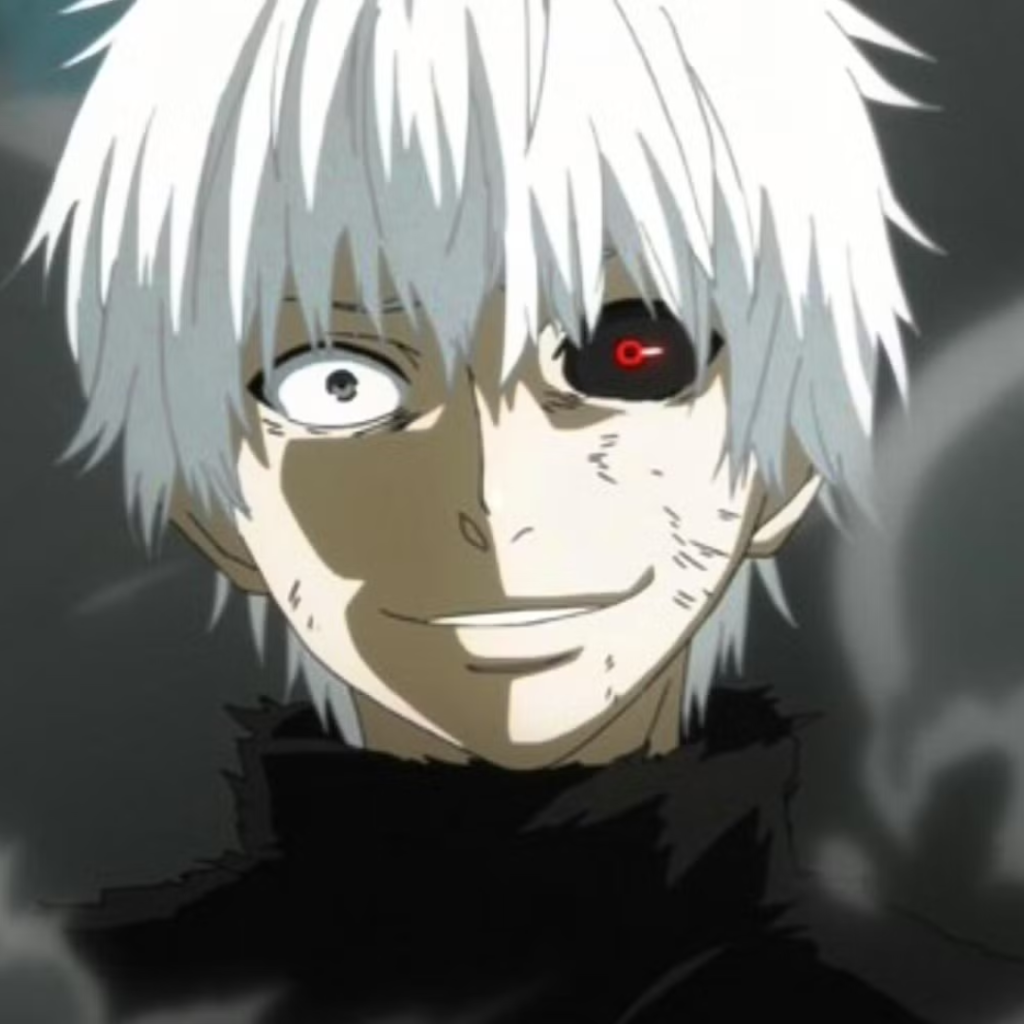
Kaneki’s journey in Tokyo Ghoul is one of pain and growth. He begins as a timid bookworm but transforms into a fearsome ghoul who must make heartbreaking choices. His struggles are raw and relatable, making him one of manga’s most beloved tragic heroes.
Shinichi Izumi: The Reluctant Protector
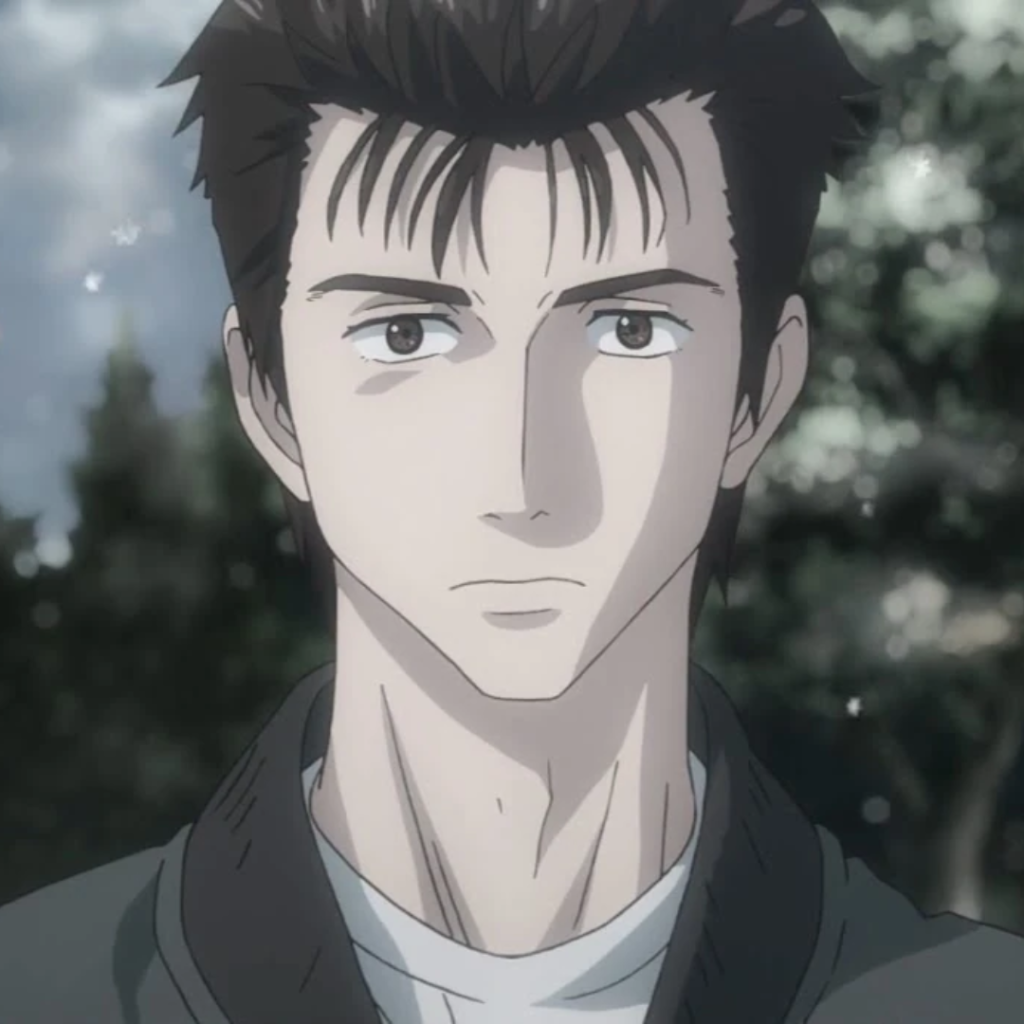
Shinichi’s transformation in Parasyte is equally compelling but takes a different route. His partnership with Migi forces him to become stronger—both physically and emotionally. The changes in Shinichi’s character subtly reflect how humanity adapts to threats, often at great personal cost.
Visual and Artistic Styles
Tokyo Ghoul’s Stunning Gothic Aesthetic
Ishida’s art is a perfect match for the manga’s dark themes. Every panel feels meticulously crafted, with visceral battle scenes and emotional close-ups that make your heart ache for the characters.
Parasyte’s Classic 90s Art Style
Parasyte’s art, while less intricate, has a charm of its own. The grotesque transformations of the parasites are creatively horrifying, and the clean, old-school style enhances the story’s focus on relationships and survival.
Table: Key Differences Between Tokyo Ghoul and Parasyte
| Category | Tokyo Ghoul | Parasyte |
|---|---|---|
| Main Character | Ken Kaneki: A human-turned-ghoul struggling with duality. | Shinichi Izumi: A human hosting a sentient parasite. |
| Key Themes | Humanity vs. monstrosity, survival, and morality. | Coexistence, evolution, and moral dilemmas. |
| Tone | Dark, gothic, and emotional. | Philosophical with moments of humor. |
| Action Style | Brutal and emotional, heavy emphasis on inner struggles. | Clever, fast-paced, and strategic battles. |
| Visual Style | Modern, detailed, and haunting. | Classic, simple, and effective. |
Action and Battle Sequences
Tokyo Ghoul’s Intense Combat
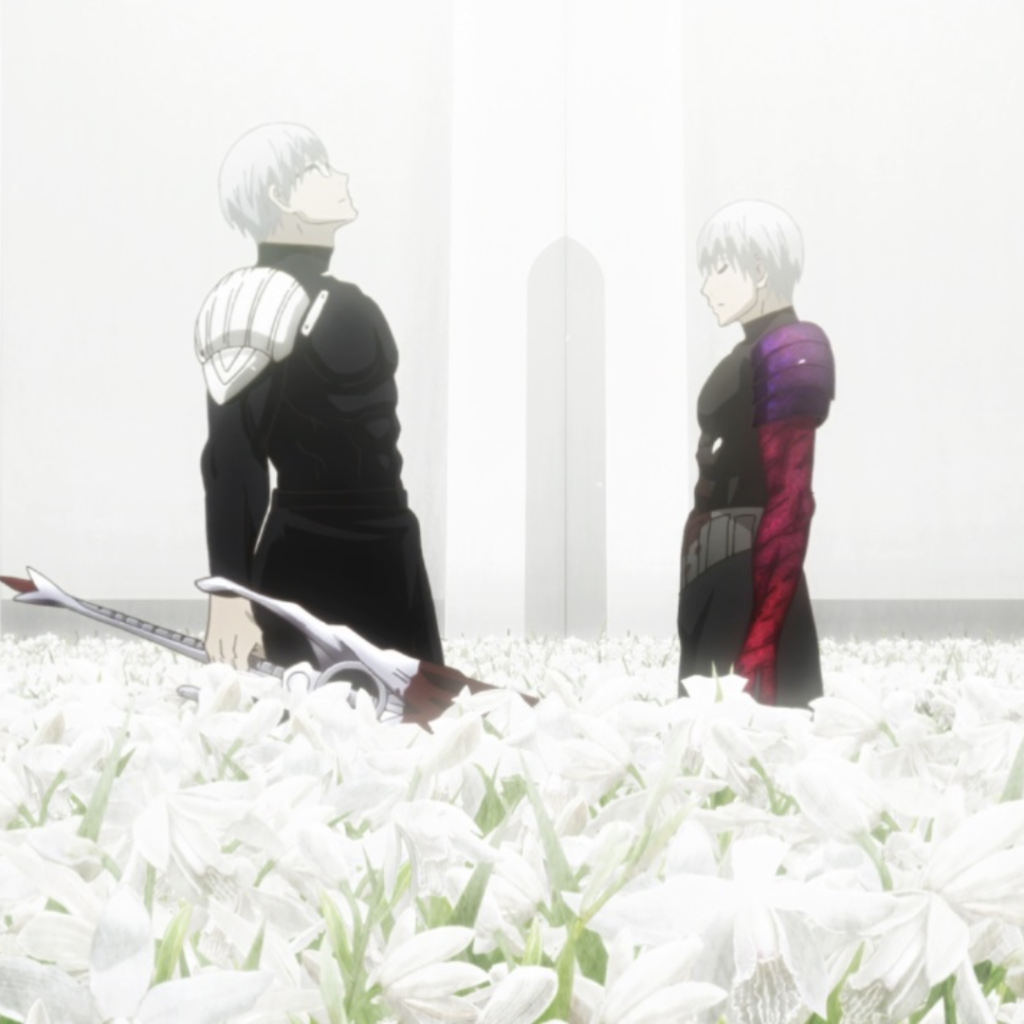
In Tokyo Ghoul, battles are drenched in raw emotion. Kaneki’s fights against both ghouls and humans often represent more than physical clashes—they’re manifestations of his internal conflict. The choreography is fluid, and each ghoul’s unique weapon, the kagune, adds variety to the battles.
Parasyte’s Creative Showdowns
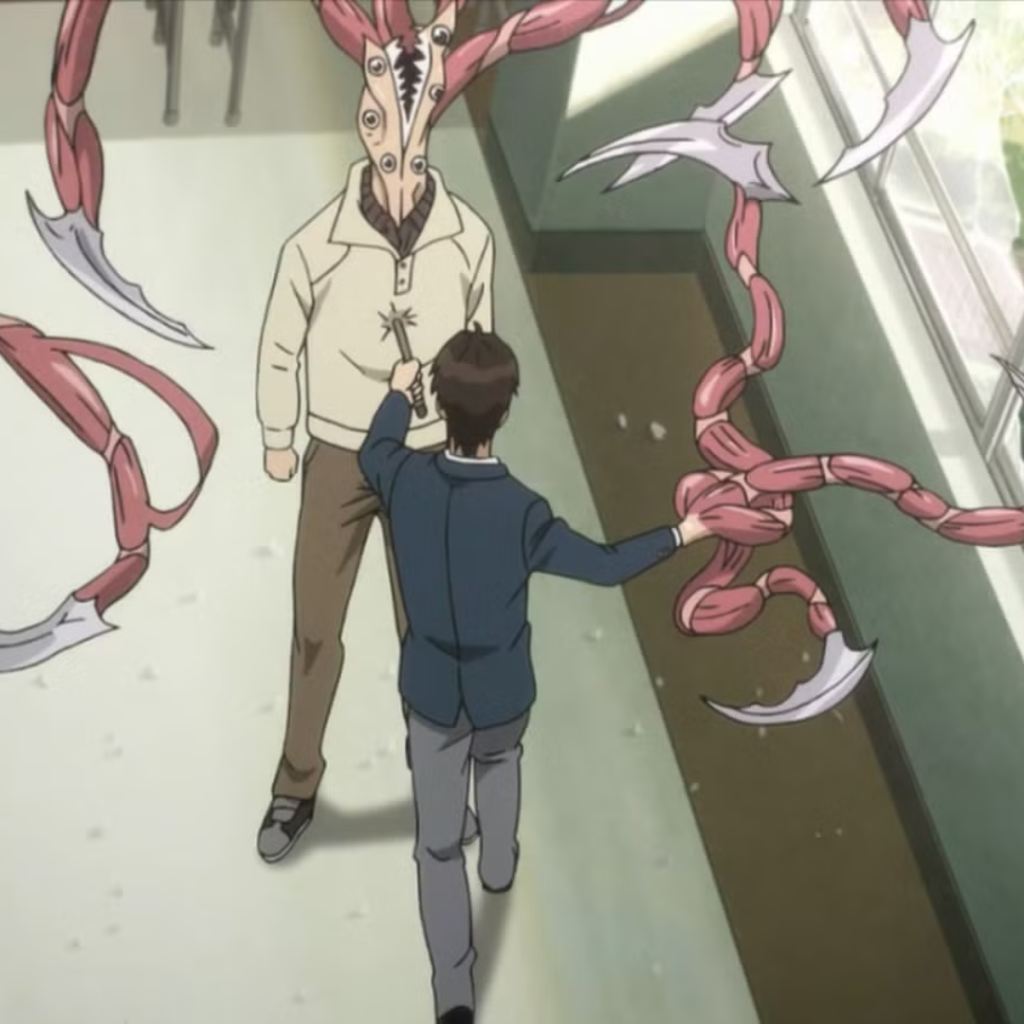
Parasyte offers a different flavor of action. With Migi transforming into various weapons, the fights are as strategic as they are thrilling. The battles reflect Shinichi and Migi’s evolving partnership, making them as much about teamwork as survival.
Philosophical Messages: What Do They Teach Us?
Tokyo Ghoul: What Makes Us Human?
Tokyo Ghoul excels at challenging our perceptions of humanity. Through Kaneki, we’re asked to consider: Is humanity defined by biology, actions, or empathy? This existential question lingers long after the final page.
Parasyte: Can We Coexist?
Parasyte, on the other hand, explores coexistence. Migi and Shinichi’s relationship symbolizes the potential for harmony between species—even when the odds seem stacked against them.
Which Manga Is Right for You?
- Choose Tokyo Ghoul if you:
- Love dark, emotional storytelling.
- Enjoy complex, layered characters.
- Are drawn to gothic aesthetics and intense drama.
- Choose Parasyte if you:
- Prefer a mix of action, humor, and philosophy.
- Like straightforward yet thought-provoking stories.
- Appreciate the charm of classic manga art.
Final Thoughts: A Journey Worth Taking
Both Tokyo Ghoul and Parasyte deliver unforgettable experiences, each with its own flavor. While Tokyo Ghoul tugs at your heartstrings with its tragic characters and dark world, Parasyte engages your mind with its philosophical exploration of coexistence.
Ultimately, the choice depends on what you’re looking for in a manga. Are you ready to immerse yourself in Kaneki’s tortured psyche or join Shinichi and Migi in their battle for survival? Either way, you’re in for a wild ride.
So, which one will you pick? Let me know your thoughts—I’d love to hear what you think!
If you like similar reviews, you can refer to them here. And if you like the 2 series, you can read the whole thing here.
